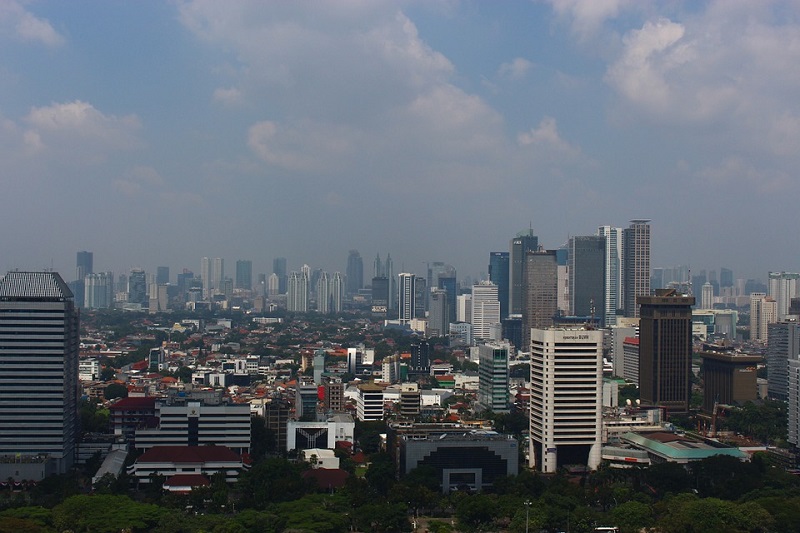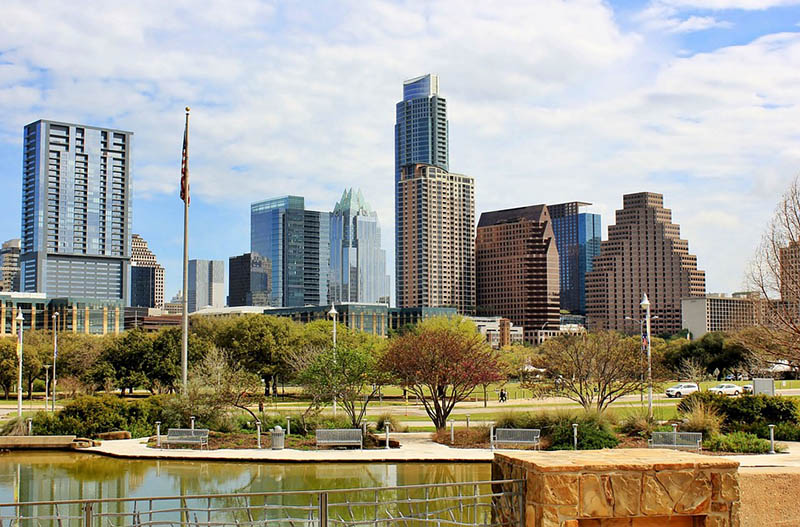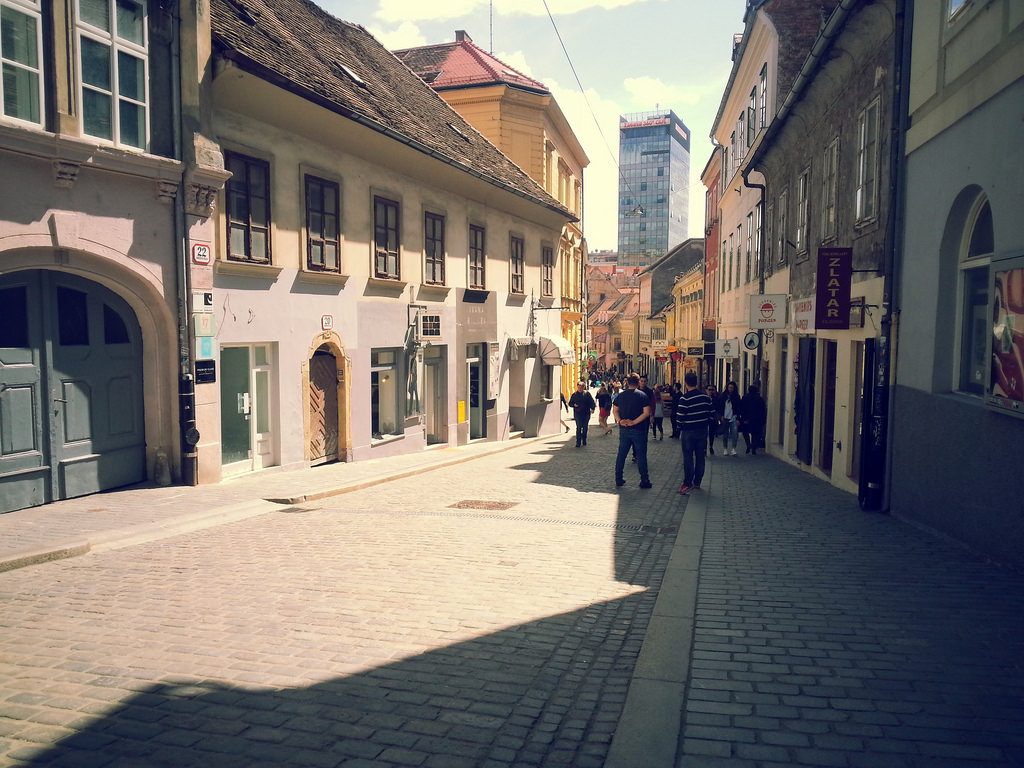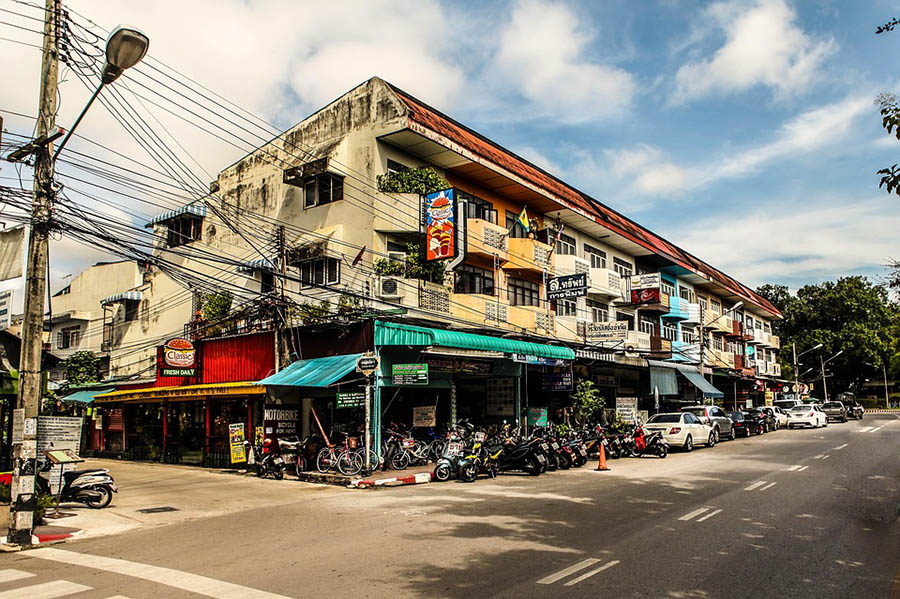Jakarta is able to shock an unprepared traveler. This city seems to live its own hectic and noisy life, and it is not easy to understand the local realities. The bustling and densely populated capital of Indonesia has a unique charm, and it does not leave anyone indifferent. It’s either loved or not.
Amazing facts about Jakarta
- The Indonesian capital Jakarta will lose its status soon. The new capital is already being built on the island of Kalimantan, and all the governmental functions will be moved there in a few years.
- Foreigners sometimes confuse this Jakarta with Yogyakarta, which is also located on the island of Java and is considered the cultural center of Indonesia.
- The population density here reaches 36,000 people per sq mile (15,000 per sq km). This is 50% more than in New York City.
- Jakarta was called Batavia during the Dutch rule in Indonesia.
- More than 50% of the Indonesian capital lies below sea level. Therefore, it suffers from floods, after heavy rains especially.
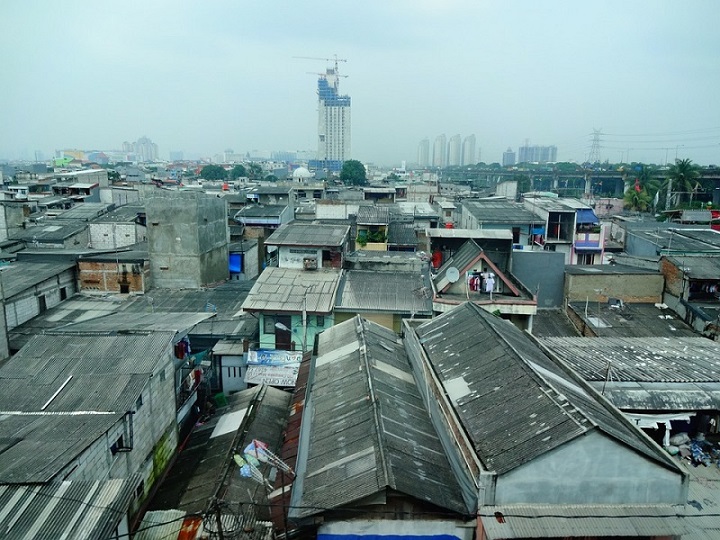
- Jakarta sinks quickly. The ground under the massive megalopolis subsides due to excessive consumption of groundwater, and in some areas, the rate of subsidence reaches 4 inches (10 cm) per year.
- About 10 million people live in Jakarta officially, but in fact (and taking the suburbs into account) it’s home to more than 30 million people.
- Traffic jams in the Indonesian capital are among the worst in the world. They can only be compared to traffic jams somewhere in Mumbai. But Jakarta has taken 1st place in the anti-rating of megacities with the most terrible traffic jams multiple times.
- In the past, there was a law that prohibited cars with less than 3 people in them from entering the central part of the city. Then the profession “passengers for hire” appeared here. These people rode with drivers, getting paid for it. But this law has been lifted since 2016.
- The most powerful flood occurred in Jakarta in 1996. About 70% of the city was flooded, and in some places, the water depth reached 12 feet (4 meters).
- Flooding in low-lying parts of Jakarta is caused by sea tides in addition to rain, and those tides are extremely strong here. Jakarta was even fenced off from the sea by a huge dam, but it helped partly only.
- Jakarta ranks first in the world in terms of space allocated for shopping centers. There are already more than 130 huge malls here, and new ones are being built every year.
- The Istiqlal Mosque covering an area of 100 thousand m2 is the largest in all of Southeast Asia. It can be visited by up to 120 thousand parishioners simultaneously. Given that about 85% of the population of Jakarta is Muslim, this is relevant.
- Due to the Indonesian state system, Jakarta is not a city, but a province. So there is no mayor here, but a governor.
- Settlements on the site where the capital of Indonesia is situated now existed as early as the fifth century AD.
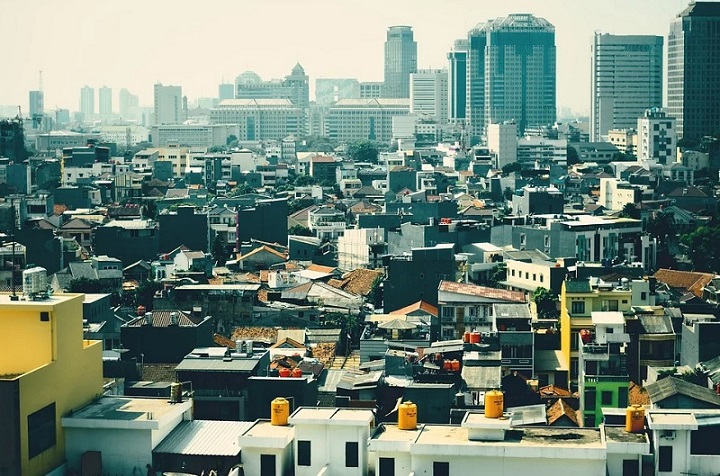
- Jakarta, like some other megacities in Southeast Asia like Hanoi, Kuala Lumpur, or Bangkok, is not designed for pedestrians at all. A pedestrian here is a completely disenfranchised being, forced to wade along narrow sidewalks (in neighborhoods where they exist at least), occupied with street cafes, retail outlets, and parked motorcycles.
- Jakarta has been ranked 3rd in the anti-rating of the world’s cities with the most polluted air several times.
- Local authorities have planned to build a metro here since the 80s of the XX century. But construction has been delayed again and again, so the subway was opened in 2019 at long last.
- Since most buses in Jakarta do not have air conditioning, the doors are never closed because of the heat.
- Padang restaurants are popular here. They are interesting because a huge number of plates with small portions of different dishes are brought to the client’s table, but the visitor pays only for those plates whose contents he will eat or taste.
- The average speed on the roads of Jakarta, taking into account constant traffic jams, is 6-7 mph (10 km/h). Motorbikes stick in traffic jams as well as cars and buses do.
- There are enough poor people who live right on the railway tracks, as in India. In Mumbai and Delhi, for example.
- Countless motorbike drivers in Jakarta ignore all the traffic regulations. But the police don’t pay attention to that at all.
- Chess is very popular among locals. It is not uncommon to see chess players sitting right on the street and having a match.
- There is almost no centralized garbage collection and disposal system in Jakarta. Therefore, many residents either simply burn it or throw it out into rivers and channels, which are already littered terribly.
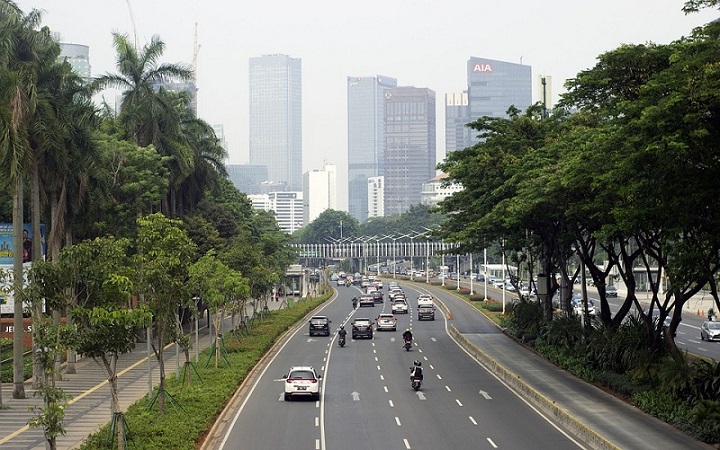
- Most of the stores in Jakarta don’t sell any alcohol, and it is very expensive anyway. Sometimes they even don’t serve it in cafes and restaurants.
- Motorcycle taxis are more popular here than regular ones. All because of traffic jams that are almost around the clock.
- The authorities of Jakarta green the city a lot, building parks and squares, but so far all this looks like a drop in the ocean.
- This city is quite safe, especially if you don’t walk alone at night through the slums.
- There is no general plan for urban development in Jakarta, so the city looks chaotic a bit.
